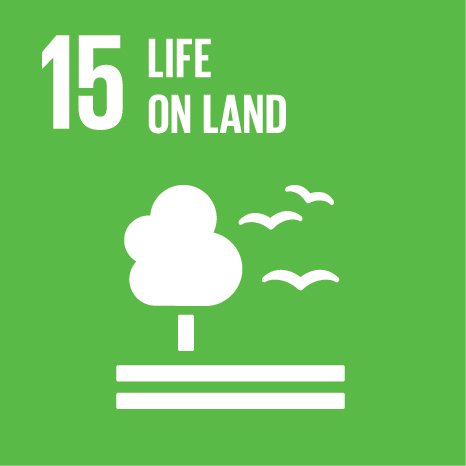Ciência_Iscte
Publications
Publication Detailed Description
Central Asian ‘Characteristics’ on China’s New Silk Road: The role of landscape and the politics of infrastructure
Journal Title
Land
Year (definitive publication)
2017
Language
English
Country
Switzerland
More Information
Web of Science®
Scopus
Google Scholar
This publication is not indexed in Google Scholar
Abstract
China's $1 trillion One Belt, One Road (OBOR) infrastructure project has significant landscape, socio-economic, and political implications in recipient countries. To date, investigation has focused on Chinese motivation and plans rather than OBOR impact in host nations. This paper examines the programme from the perspective of two Central Asian states-Kazakhstan and Kyrgyzstan-that are at the heart of OBOR. We identify geographical factors that constrain infrastructure, recognise geopolitical contestation between Russia and China, address historical and cultural factors, and consider issues of institutional capacity and marginality that may be impediments to China's initiative. The discussion then focuses on how OBOR may play out in Central Asian landscapes and suggests how to conceive and address the unprecedented transformation in the region's built environment. Critical issues are that OBOR has not been grounded in the physical geography, practical understanding of OBOR's impacts is missing, and the state-citizen-China nexus remains unexplored. As pivot nations, OBOR implementation in Kazakhstan and Kyrgyzstan will showcase the Chinese programme's strengths and highlight its weaknesses.
Acknowledgements
--
Keywords
Central Asia,Landscape,One Belt,One Road,Kazakhstan,Kyrgyzstan,Infrastructure,Environment,New Silk Road
Fields of Science and Technology Classification
- Social and Economic Geography - Social Sciences
- Other Social Sciences - Social Sciences
Contributions to the Sustainable Development Goals of the United Nations
With the objective to increase the research activity directed towards the achievement of the United Nations 2030 Sustainable Development Goals, the possibility of associating scientific publications with the Sustainable Development Goals is now available in Ciência_Iscte. These are the Sustainable Development Goals identified by the author(s) for this publication. For more detailed information on the Sustainable Development Goals, click here.

 Português
Português




